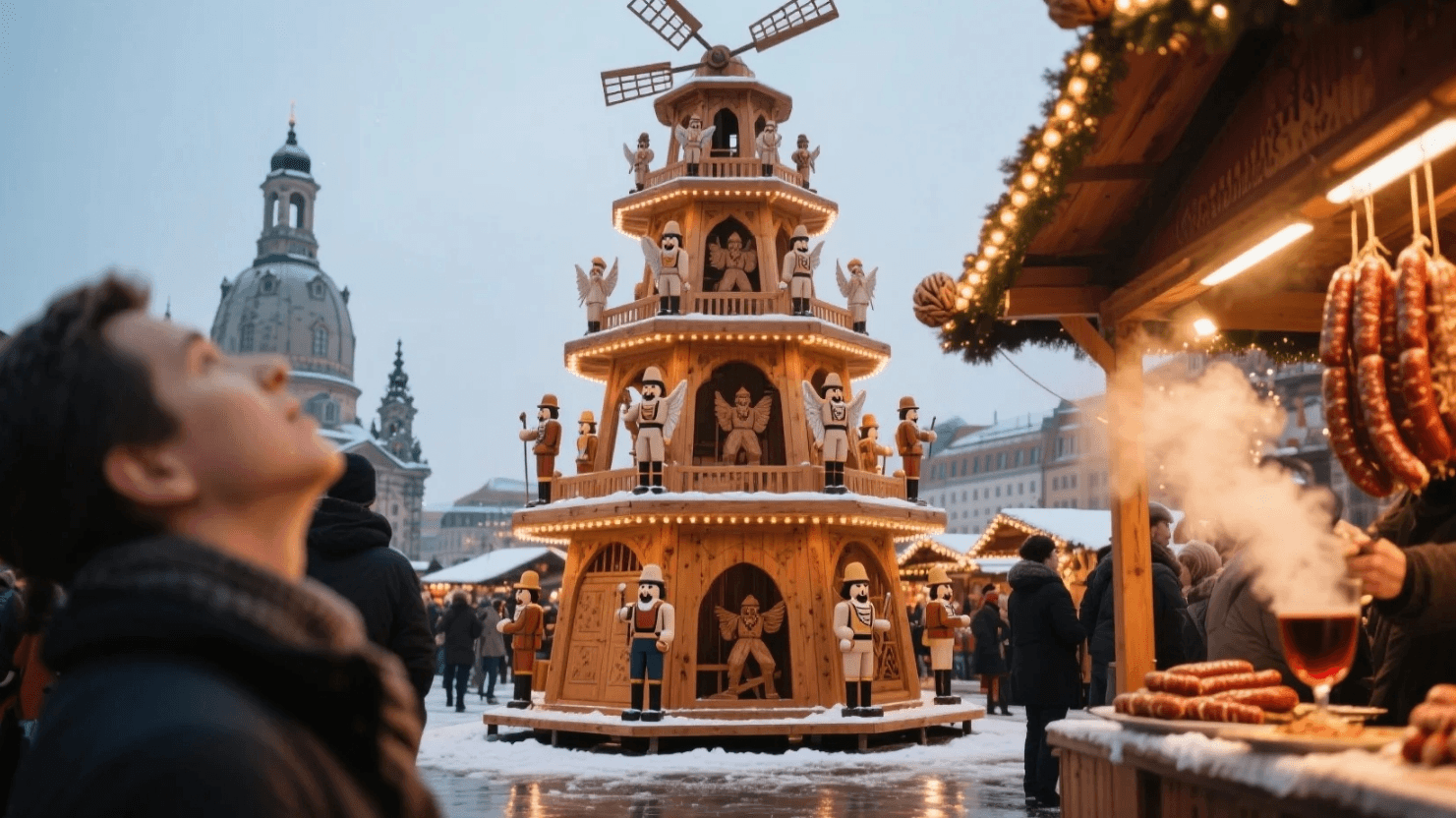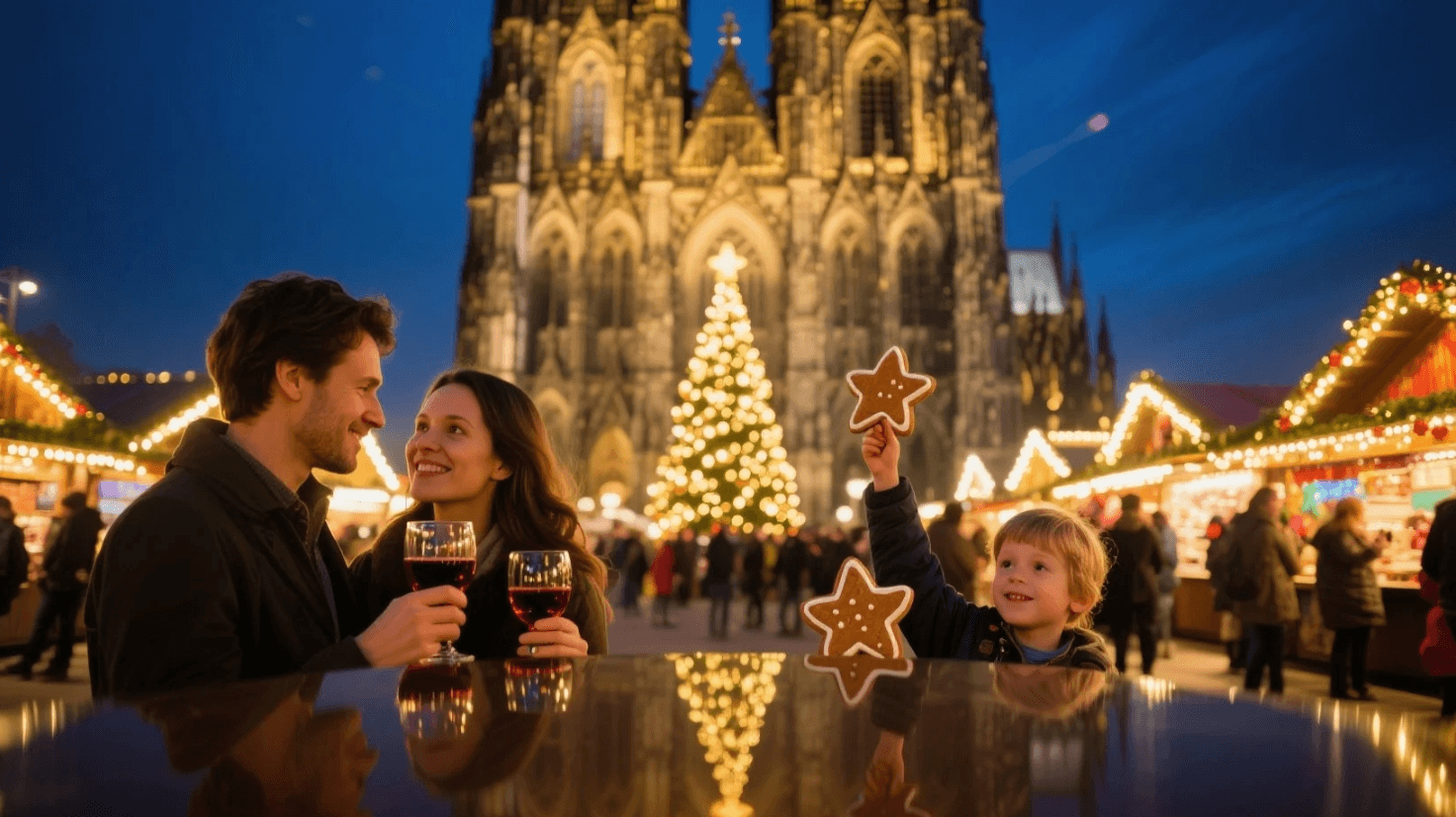15 Must-Visit Christmas Markets in Germany
| Introduction: Why Germany’s Christmas Markets Are Unmissable Have you ever wandered through twinkling lanes lined with gingerbread-scented stalls, sipping mulled wine as carols fill the frosty air? Germany’s Christmas markets (Weihnachtsmärkte) aren’t just holiday attractions—they’re centuries-old traditions that draw over 85 million visitors annually (German National Tourist Board, 2023). From Dresden’s towering Striezelmarkt (established in 1434) to Berlin’s eclectic offerings, these markets blend history, culture, and festive magic. But with 2,500+ markets nationwide, how do you choose the best? We’ve curated the 15 most enchanting ones, complete with insider tips.  The Allure of German Christmas Markets: What Makes Them Special Germany’s Christmas markets dominate global searches during November–December (Google Trends, 2023), and for good reason. Unlike generic holiday fairs, they emphasize regional craftsmanship—think Erzgebirge wooden ornaments or Nuremberg’s Prune People figurines. A 2022 Statista survey revealed 74% of visitors prioritize authentic local experiences over commercialized setups. Key features to expect: Handmade treasures: From Schwibbogen candle arches to Zwetschgenmännle (dried plum dolls). Culinary delights: Must-try treats like Lebkuchen (spiced gingerbread) and Bratwurst. Festive drinks: Glühwein (mulled wine) served in collectible mugs (€2–5 deposit). 15 Best Christmas Markets in Germany (Ranked by Local Popularity) 1. Nuremberg Christkindlesmarkt Core experience: The iconic “Christkind” (Christmas Angel) opening ceremony. Don’t miss the Feuerzangenbowle (flaming rum punch). 2. Dresden Striezelmarkt Hidden gem: The world’s tallest Christmas pyramid (14 meters). Try Dresdner Stollen, a fruitcake with protected EU status. 3. Cologne Cathedral Market Pro tip: Visit at dusk when the Gothic cathedral is illuminated. The Märchenmarkt (Fairy Tale Market) enchants kids. 4. Rothenburg ob der Tauber Reiterlesmarkt Unique feature: Medieval backdrop with Schneeballen (snowball pastries). The Käthe Wohlfahrt store is a year-round Christmas wonderland. 5. Munich Marienplatz Market Local insight: Book a Krampuslauf (devil parade) tour for a quirky twist (early December). (Continue with 10 more markets, detailing highlights like Stuttgart’s chocolate-themed market or Leipzig’s historic fair.) Navigating the Markets Like a Pro: Practical Tips Timing is everything: Weekday mornings = fewer crowds (avoid weekends after 4 PM). Late November–December 22 is peak season; some markets open until December 23. Budget hacks: Mug deposits are refundable—return them or collect as souvenirs. Share food portions (a single Bratwurst can feed two). Safety notes:  Watch for pickpockets in crowded areas (Berlin Police, 2022 report). Dress in layers—German winters average -1°C to 4°C (DWD, 2023). Conclusion: Crafting Your Perfect Christmas Market Itinerary Whether you’re hunting for hand-carved nutcrackers in Erfurt or ice-skating beneath Frankfurt’s skyscrapers, Germany’s Christmas markets offer something for every traveler. Start planning early—hotels near prime markets sell out by September (Booking.com, 2023). Prost to a festive adventure! Sources: German National Tourist Board (2023). Christmas Market Visitor Statistics. Statista (2022). Global Holiday Travel Preferences Survey. Dresden Tourism Board (2023). Striezelmarkt Historical Data. Berlin Police (2022). Public Safety Advisory for Festive Seasons. DWD (German Weather Service, 2023). Winter Temperature Averages. |
Andrew
|
2025.05.08




